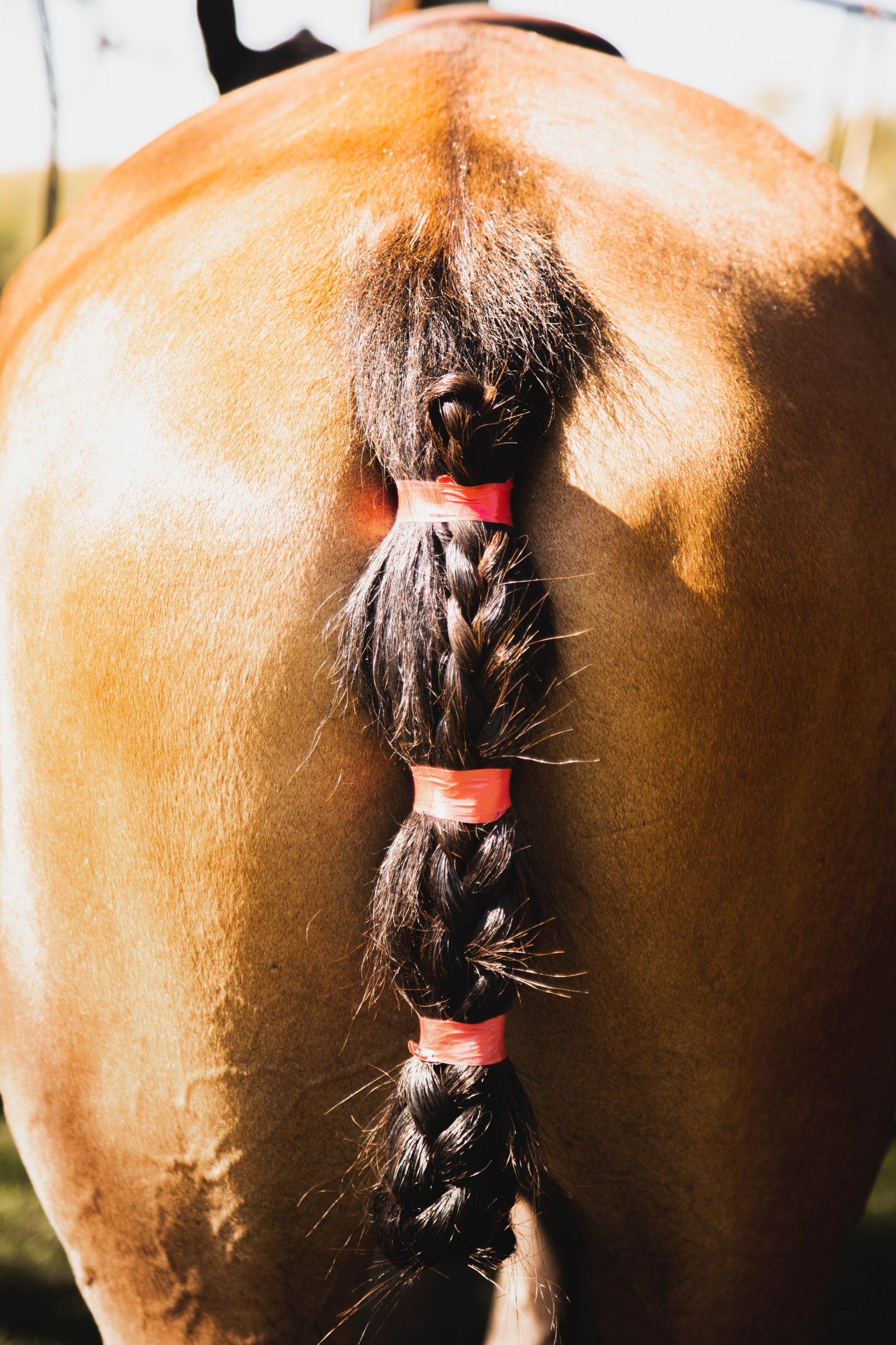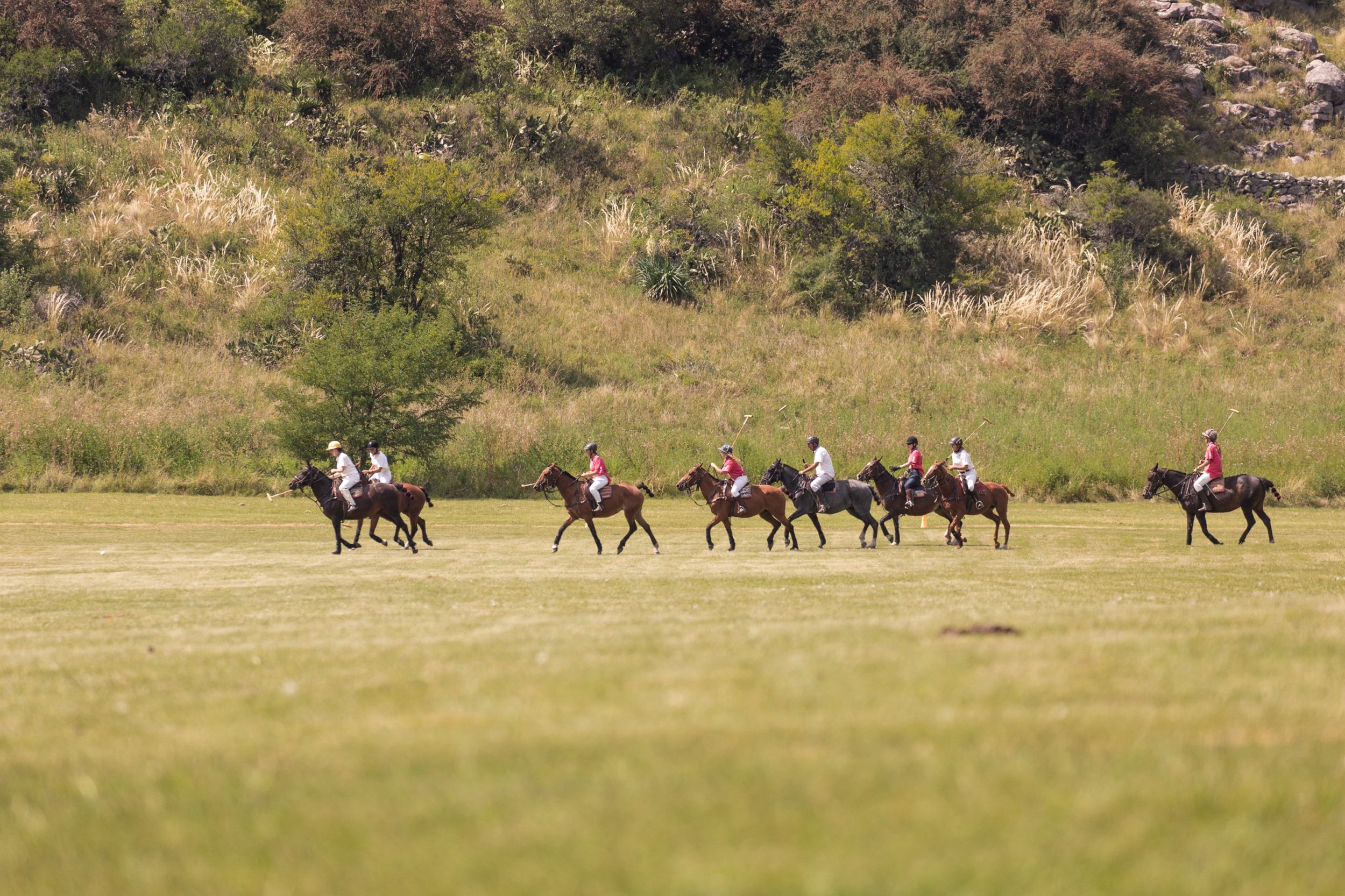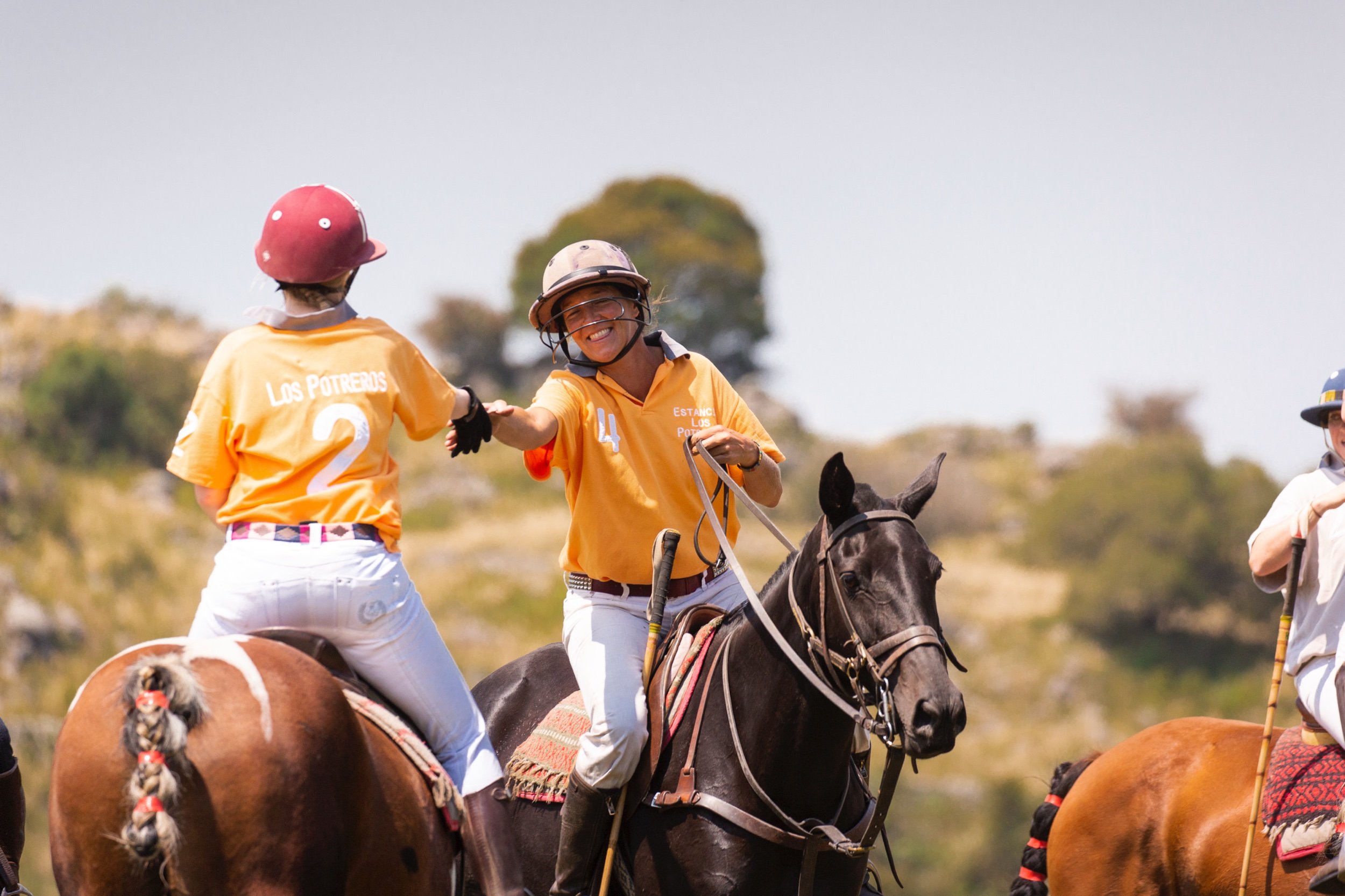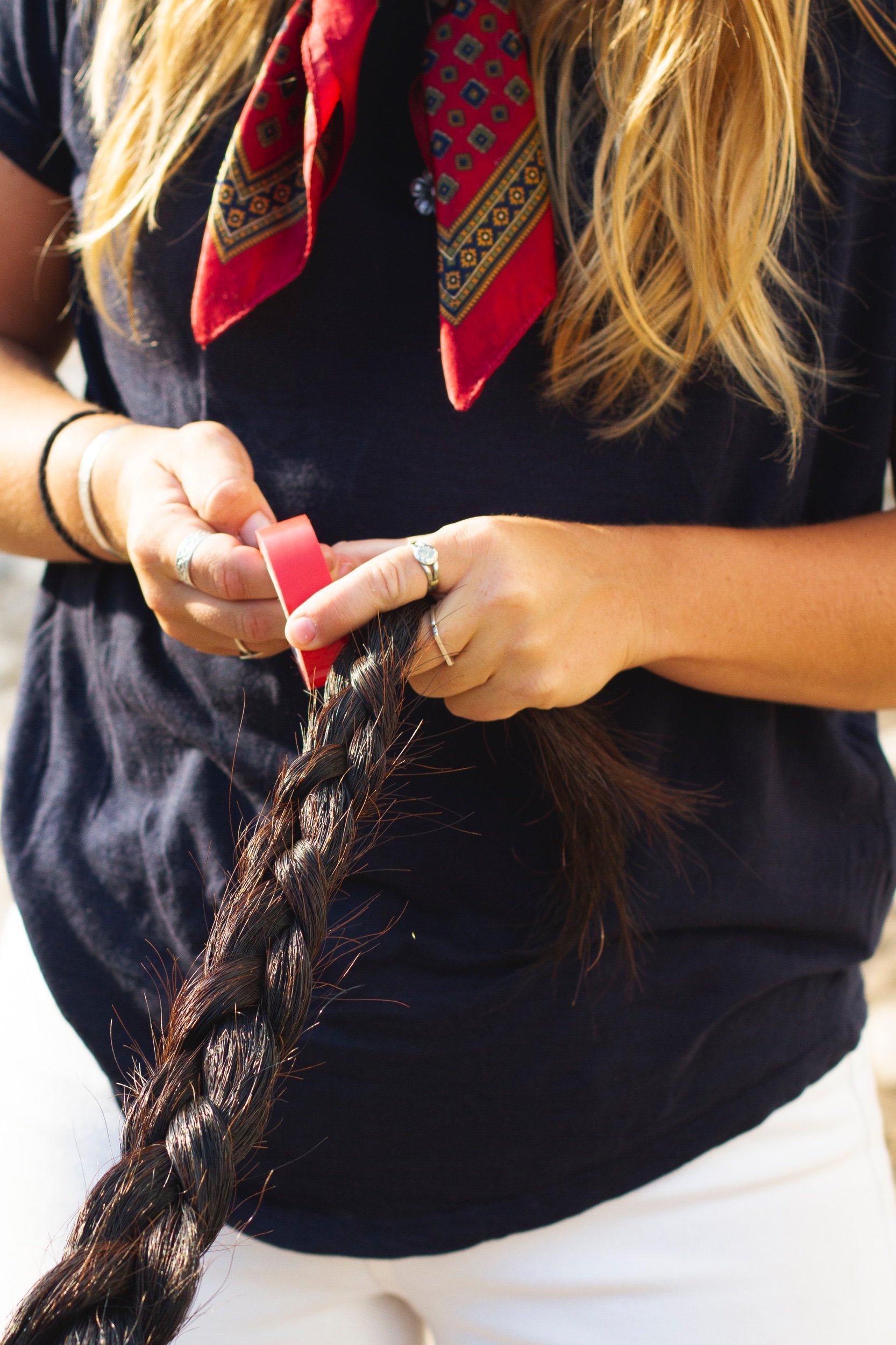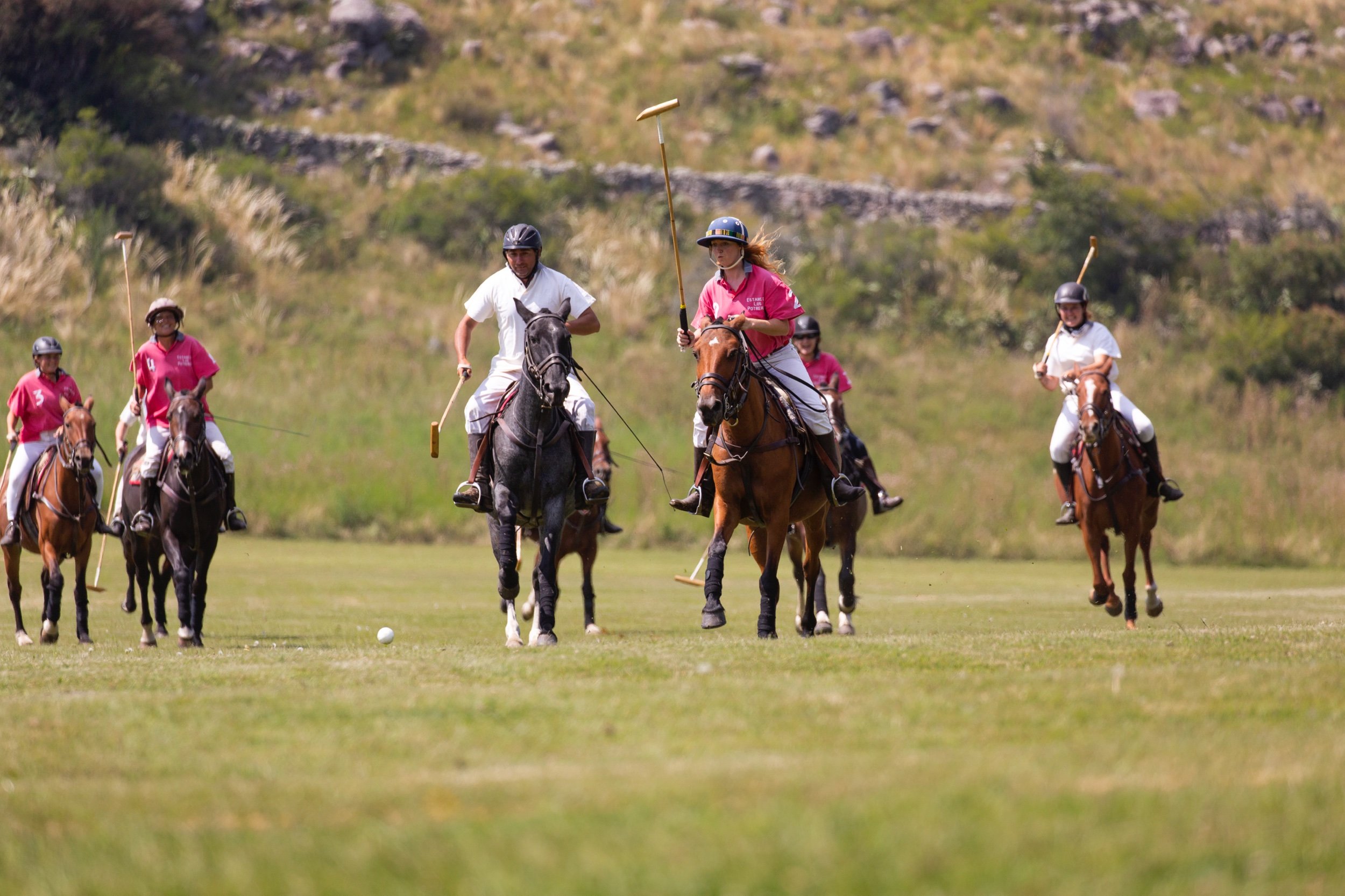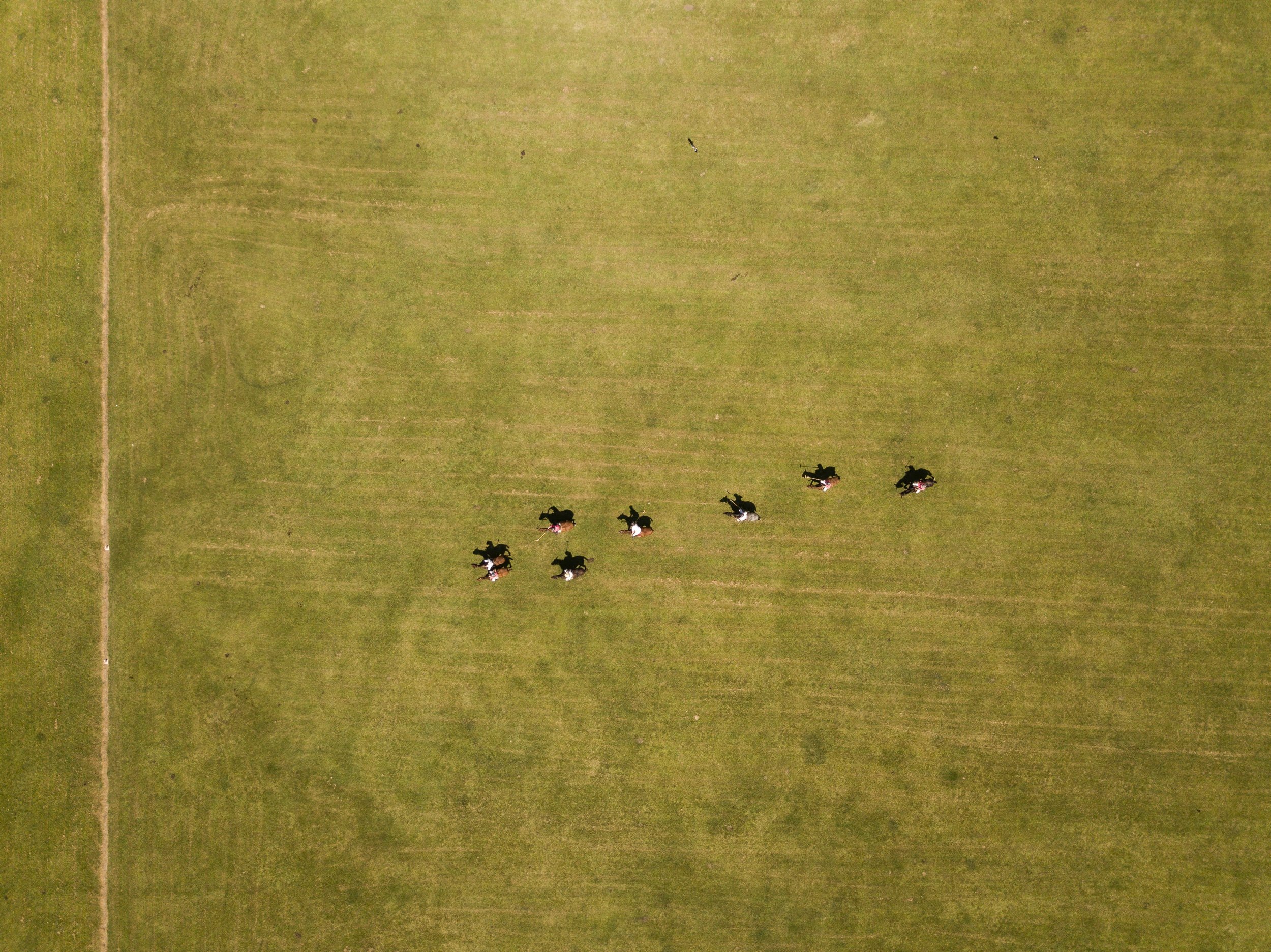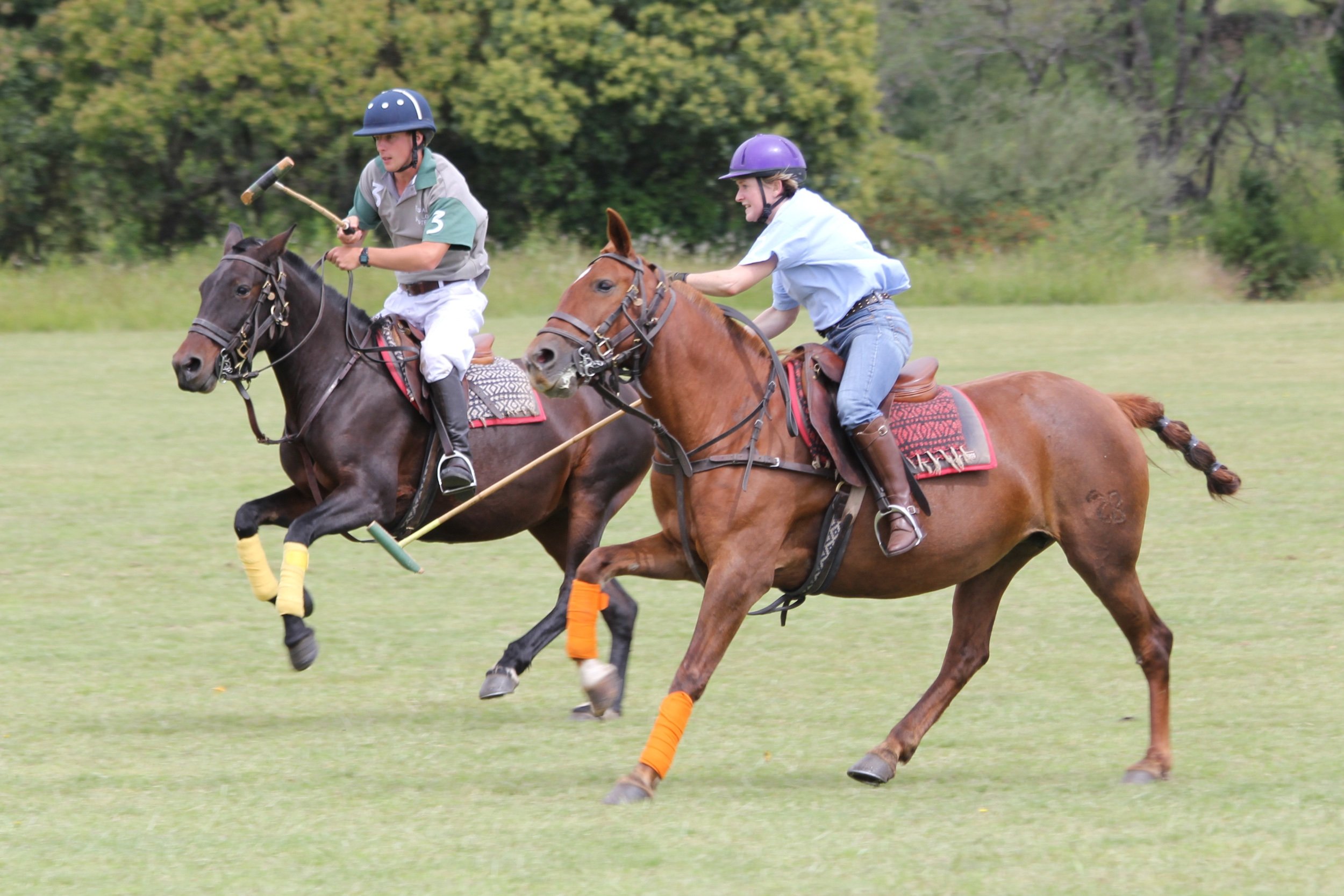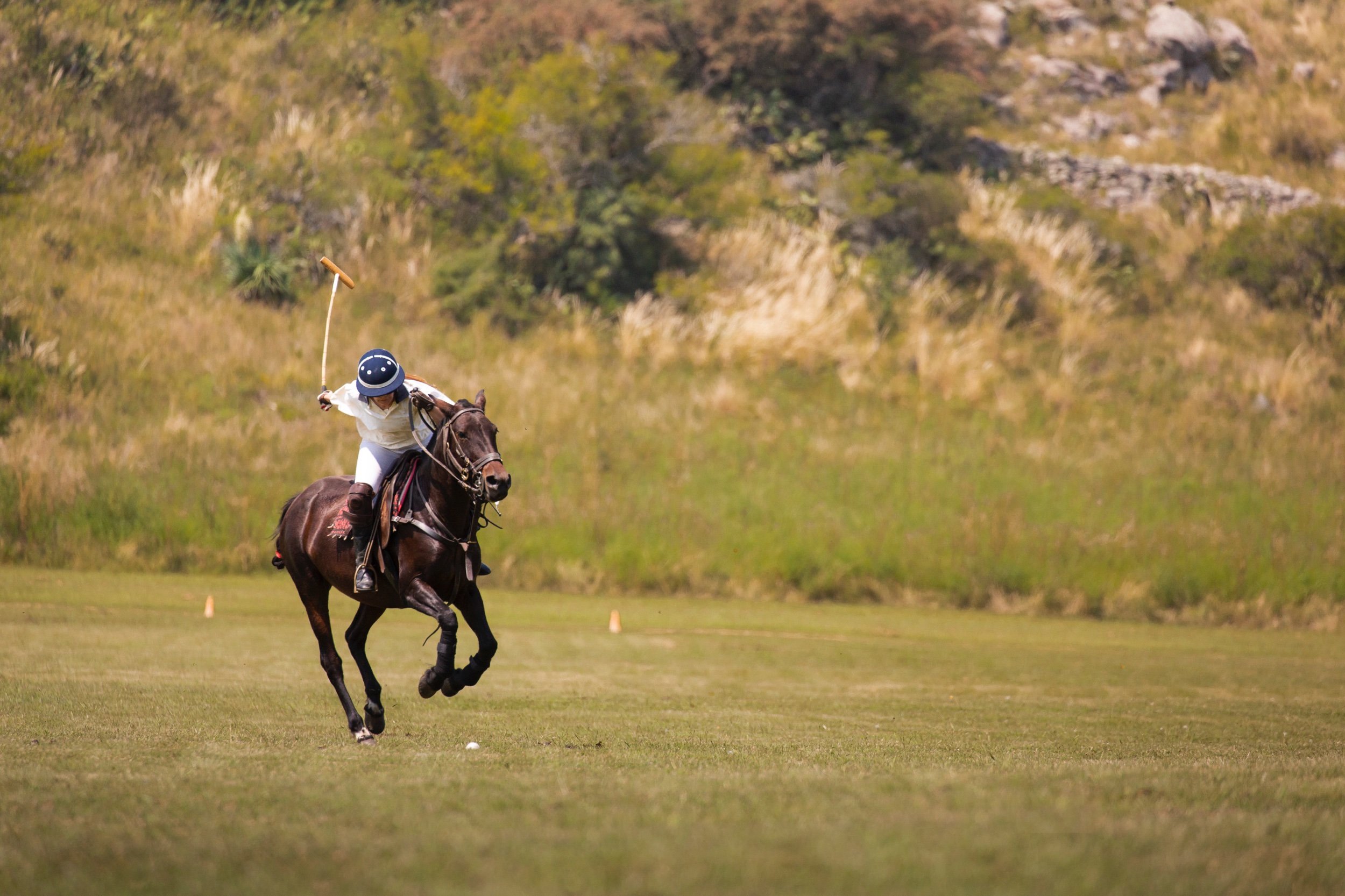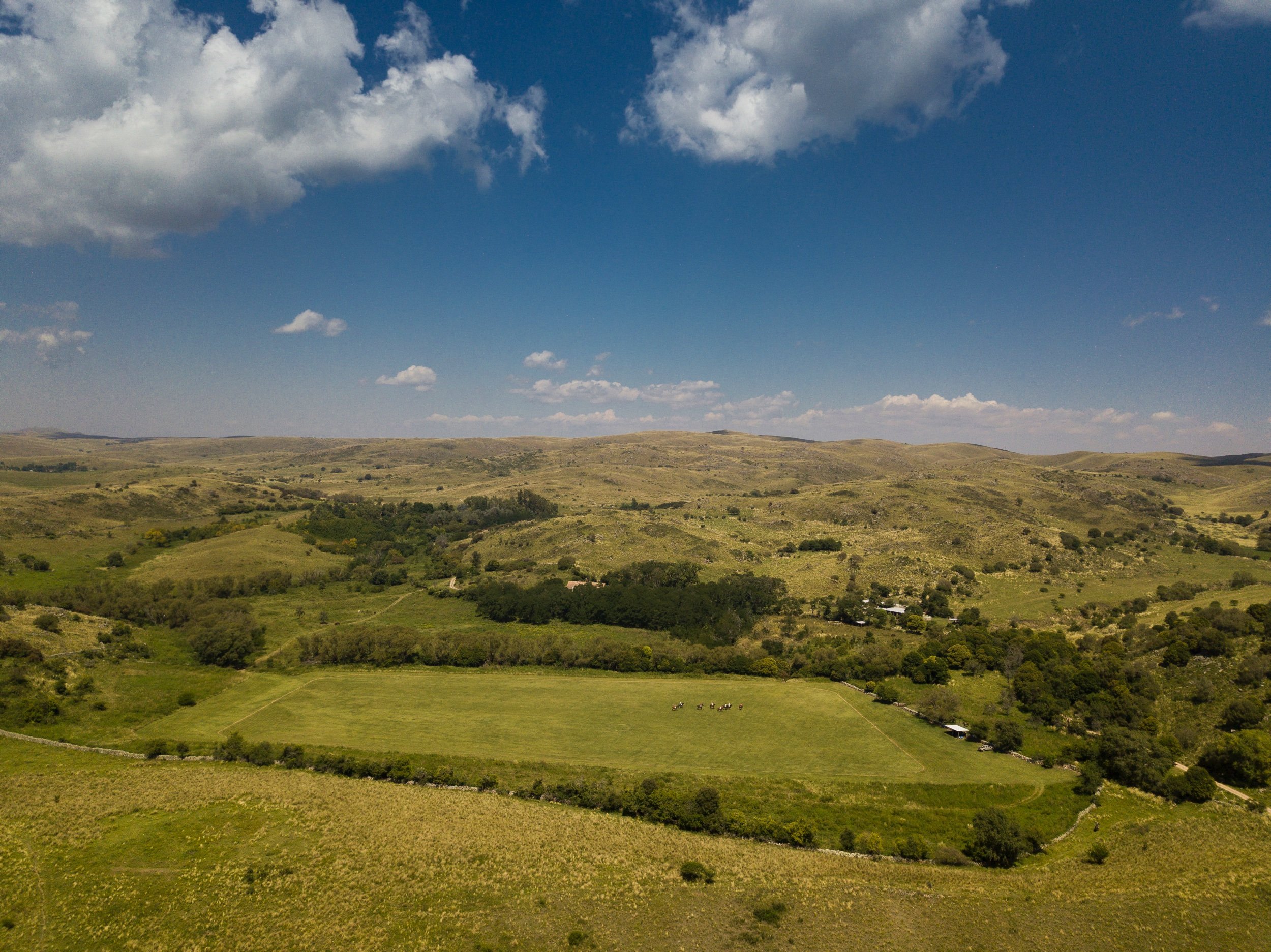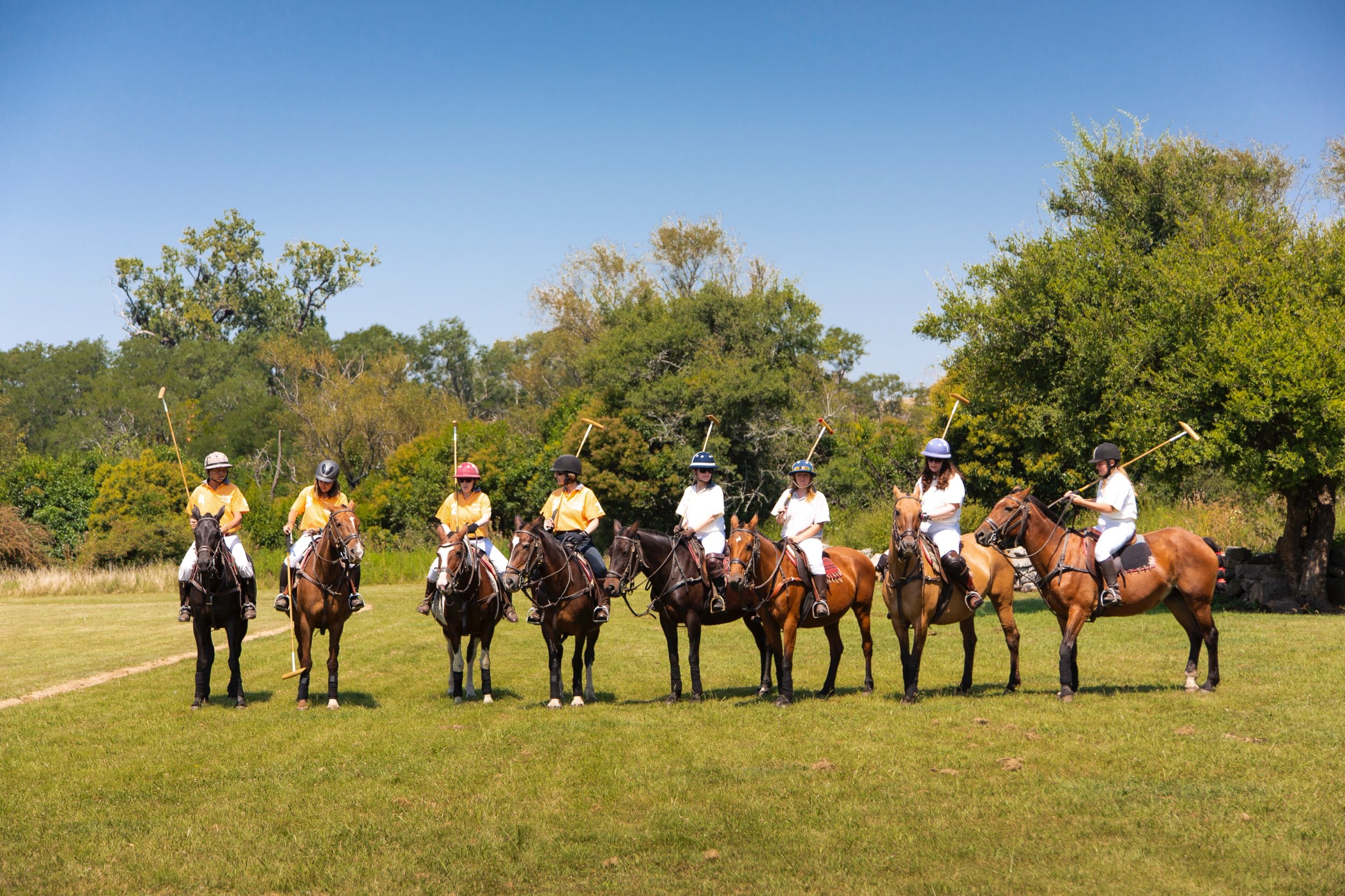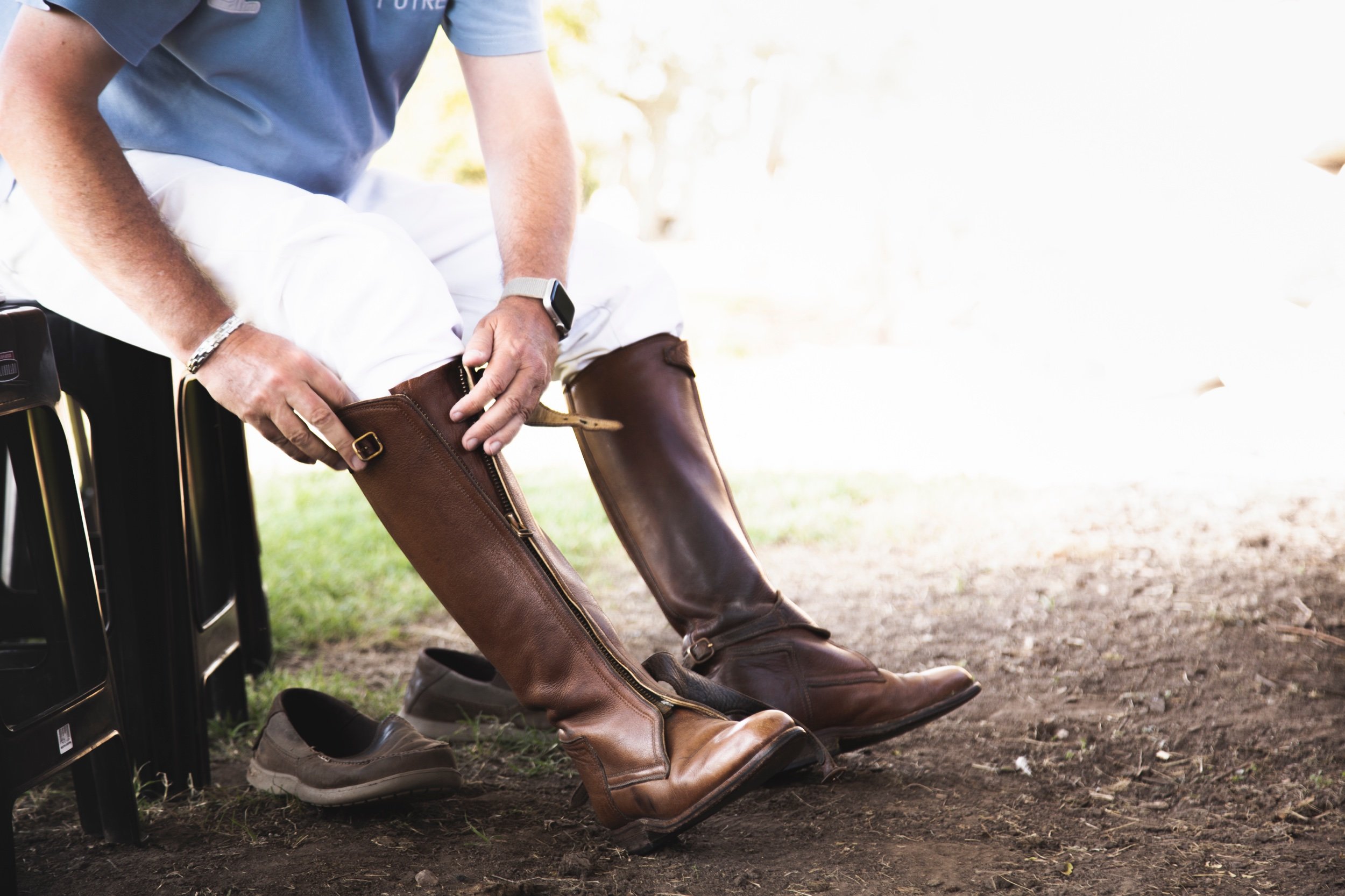Córdoba, Argentina, is a gem known for its stunning landscapes, vibrant equestrian culture, and top-notch estancias, making it a must-visit for polo lovers.
Whether you're a pro or just dipping your toes into the sport, this region offers a genuine and thrilling way to dive into polo. Before you book your polo adventure, here are five key things to keep in mind to ensure you have the best experience possible.
1. No Prior Polo Experience Needed A lot of travelers think polo is only for seasoned riders, but that’s a myth! The estancias in Córdoba welcome everyone, making sure that newbies can pick up the basics while more experienced riders can hone their skills.
✔ Beginners: Get the hang of basic riding, how to grip the mallet, and striking techniques
✔ Intermediate Riders: Work on your positioning, control, and game strategy
✔ Advanced Players: Jump into fast-paced practice sessions and full matches At Estancia Los Potreros, skilled instructors make sure every rider, no matter their experience level, feels at home on the field.
2. Polo Ponies Are Specially Trained and Easy to Ride Polo ponies are a different breed from regular horses—they’re specifically bred and trained for the sport. With their speed, agility, and responsiveness, they make learning a breeze, even for those who have never ridden before.
🐎 What Makes Polo Ponies Unique:
✔ Quick and adaptable, ideal for those tricky maneuvers during the game
✔ Trained to turn sharply and speed up effortlessly
✔ Comfortable with riders swinging mallets and hitting balls These amazing horses make polo enjoyable and accessible, even for complete beginners.
3. Polo Is Fast-Paced, Yet Simple to Learn While professional polo matches can be intense, your estancia experience is all about fun and relaxation. Instructors break down the game rules, riding techniques, and hitting strategies so players can quickly get the hang of things.
At Los Potreros, polo lessons include:
✔ How to properly hold and swing the mallet
✔ Understanding ball control and...
Riding positions and game strategy After just a few lessons, most guests feel ready to jump into a friendly match!
4. Polo Is More Than Just a Sport—It’s a Cultural Experience In Córdoba, polo is woven into the fabric of estancia life. It’s not merely about playing the game; it’s about diving into Argentine traditions.
🏇 Ride alongside gauchos, picking up classic Argentine riding techniques
🔥 Savor a traditional Argentine asado—slow-grilled beef paired with local wines 💬 Unwind with fellow players, swapping travel tales over drinks after the match A polo experience here is a delightful mix of sport, culture, and camaraderie, making it truly unforgettable.
5. Book in Advance for the Best Experience Polo experiences at Los Potreros and other estancias in Córdoba are in high demand, especially during peak seasons. Booking ahead guarantees:
✔ Access to top-notch instructors and horses
✔ A personalized experience tailored to your skill level
✔ The opportunity to blend polo with trail riding and other estancia activities
The ideal time to visit Córdoba for perfect riding conditions is from September to April, when the weather is mild and perfect for outdoor fun. Final Thoughts Whether you’re a horse riding aficionado or just seeking an exciting new adventure, polo in Córdoba offers a fantastic mix of thrill and tradition. From mastering polo techniques to sharing meals with fellow riders, this is an experience that will linger in your memory long after you’ve left the field.







